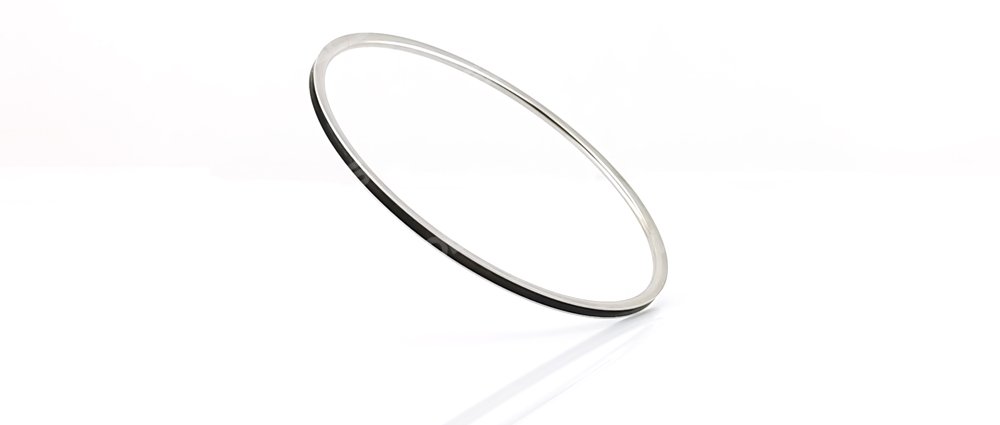Seals play a crucial role in various applications, from automotive to industrial machinery. When it comes to selecting the right seal for your equipment, understanding the differences between rubber and metal seals is essential.
Rubber Seals:
Rubber seals are widely favored for their flexibility and ability to provide effective sealing in dynamic applications. They excel in environments where there is movement, such as hydraulic cylinders and automotive engines. The elasticity of rubber allows it to conform to irregularities on sealing surfaces, ensuring a reliable barrier against fluids, gases, and contaminants.
Advantages of rubber seals include:
Flexibility: Rubber seals can adapt to varying surface conditions, reducing the risk of leaks.
Sealing Performance: They provide excellent sealing performance even under high-pressure and high-temperature conditions.
Cost-Effectiveness: Rubber seals are often more cost-effective than metal seals, making them a preferred choice for many applications.
However, factors such as compatibility with different fluids and susceptibility to wear over time should be considered when choosing rubber seals.
Metal Seals:
Metal seals, on the other hand, offer durability and stability in demanding environments where extreme temperatures and pressures are present. They are commonly used in aerospace, oil and gas, and semiconductor industries where precision sealing is critical.
Key advantages of metal seals include:
High Temperature Resistance: Metal seals can withstand extreme temperatures better than rubber seals.
Pressure Resistance: They maintain sealing integrity under high-pressure conditions, making them suitable for critical applications.
Longevity: Metal seals have a longer service life and are more resistant to wear compared to rubber seals.
However, metal seals can be more expensive and less flexible than rubber seals, which may limit their use in certain applications.
Choosing the Right Seal:
When deciding between rubber and metal seals, consider the specific requirements of your application:
Application Environment: Assess factors such as temperature, pressure, fluid compatibility, and frequency of movement.
Performance Requirements: Determine the level of sealing performance needed for your equipment to operate efficiently and reliably.
Cost Considerations: Balance the initial cost of seals with their expected lifespan and performance in your application.
In conclusion, both rubber and metal seals offer unique advantages depending on the application requirements. By understanding the differences outlined in this guide, you can make an informed decision to ensure optimal performance and longevity of your equipment.
Post time: Jun-15-2024

